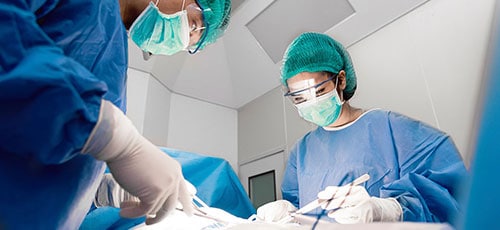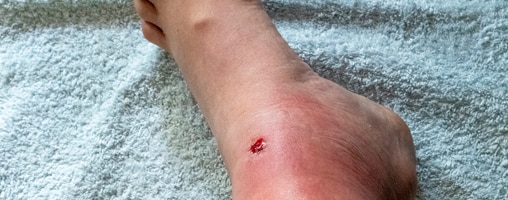Impetigo: All You Need to Know
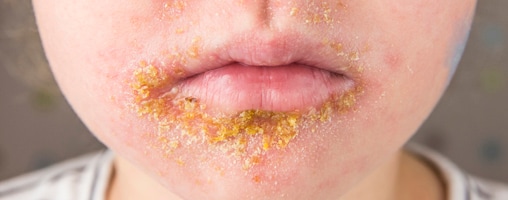
Impetigo (im-peh-TIE-go) is a bacterial infection of the skin that is most common in young children.
Doctors use antibiotics to treat impetigo. Antibiotics can also help protect others from getting sick.
Two bacteria can cause impetigo
Impetigo is a skin infection caused by one or both of the following bacteria: group A Streptococcus and Staphylococcus aureus. This page focuses on impetigo caused by group A Streptococcus (group A strep). Another name for impetigo is infantigo.
How you get impetigo
Group A strep bacteria are very contagious. When group A strep bacteria infect the skin, they cause sores. The bacteria can spread to others if someone touches those sores or comes into contact with fluid from the sores.
It usually takes 10 days for sores to appear after someone is exposed to group A strep bacteria.
Symptoms include red, itchy sores with yellow scabs
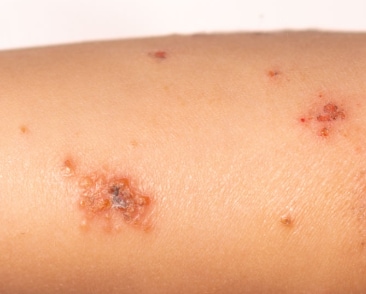
Impetigo starts as a red, itchy sore. As it heals, a crusty, yellow or “honey-colored” scab forms over the sore.
In general, impetigo is a mild infection that can occur anywhere on the body. It most often affects exposed skin, such as
- Around the nose and mouth
- On the arms or legs
Symptoms include red, itchy sores that break open and leak a clear fluid or pus for a few days.
Next, a crusty yellow or “honey-colored” scab forms over the sore, which then heals without leaving a scar.
Some people are at increased risk
Anyone can get impetigo, but some factors increase someone’s risk of getting this infection.
Age
Impetigo is most common in children 2 through 5 years old.
Infections or injuries that break the skin
People with scabies infection are at increased risk for impetigo. Participating in activities where cuts or scrapes are common can also increase someone’s risk of impetigo.
Learn about scabies.
Group settings
Close contact with another person with impetigo is the most common risk factor for illness. For example, if someone has impetigo, the bacteria often spread to other people in their household.
Infectious illnesses also tend to spread wherever large groups of people gather. Crowded conditions can increase the risk of spreading impetigo. These settings include:
- Schools
- Daycare centers
- Military training facilities
Climate
Impetigo is more common in areas with hot, humid summers and mild winters (subtropics), or wet and dry seasons (tropics), but it can occur anywhere.
Poor personal hygiene
Lack of proper handwashing, body washing, and facial cleanliness can increase someone’s risk of getting impetigo.
Doctors diagnose impetigo by how it looks
Doctors typically diagnose impetigo by looking at the sores during a physical examination. Lab tests are not needed.
Impetigo treatment involves antibiotics
Doctors treat impetigo with antibiotics, either
- Topical antibiotics (medicine rubbed onto the sores)
- Oral antibiotics (medicine taken by mouth)
A doctor might recommend a topical ointment for only a few sores. Oral antibiotics can be used when there are more sores.
Use the prescription exactly as the doctor says to.
Once the sores heal, someone with impetigo is usually not able to spread the bacteria to others.
People with impetigo can return to work, school, or daycare if they:
- Have started antibiotic treatment
AND
- Keep all sores on exposed skin covered
Serious complications are very rare
Very rarely, impetigo complications can include
- Kidney problems (post-streptococcal glomerulonephritis)
- Rheumatic fever (a disease that can affect the heart, joint, brain, and skin)
If someone has post-streptococcal glomerulonephritis, it usually starts one to two weeks after the skin sores go away.
Prevent impetigo
People can get impetigo more than once. Having impetigo does not protect someone from getting it again in the future. There are no vaccines to prevent group A strep infections, but there are things you can do to help protect yourself and others.
To help prevent group A step infections, you should:
- Clean and care for wounds
- Wash your hands and laundry often
- Take antibiotics, if prescribed
Clean and care for wounds
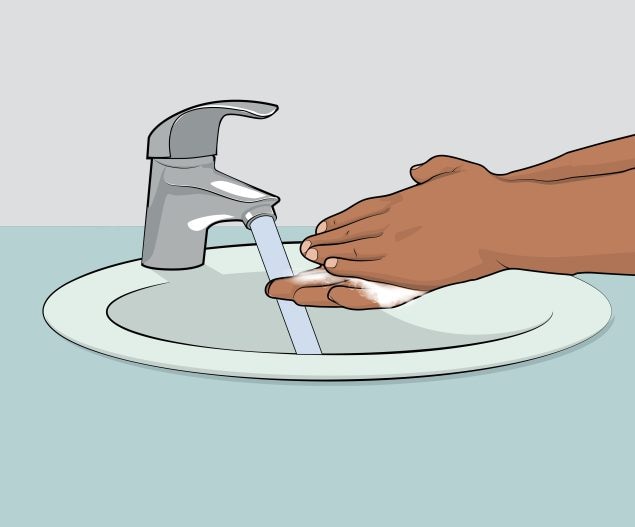
Wash hands often
Wash hands often with soap and water or use an alcohol-based hand rub if washing is not possible.
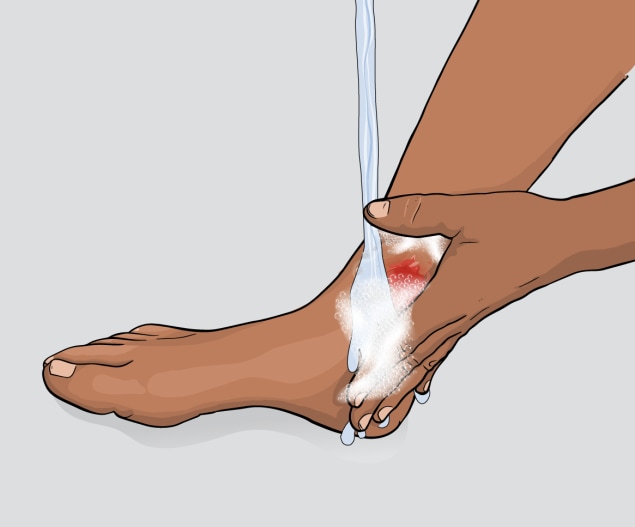
Clean wounds
Clean all minor cuts and injuries that break the skin (like blisters and scrapes) with soap and water.
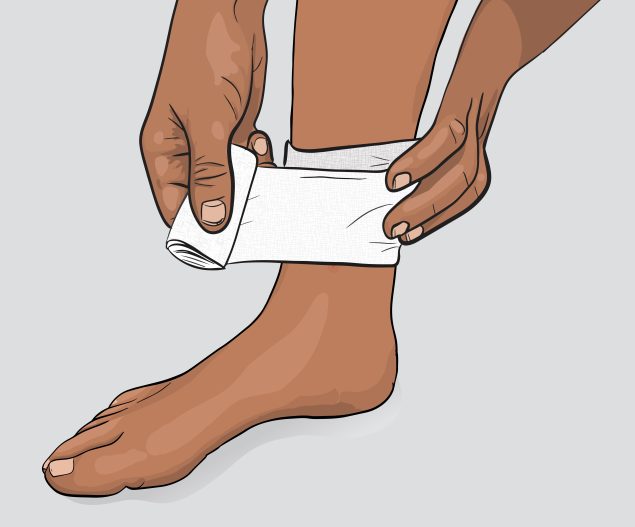
Bandage wounds
Clean and cover draining or open wounds with clean, dry bandages until they heal.
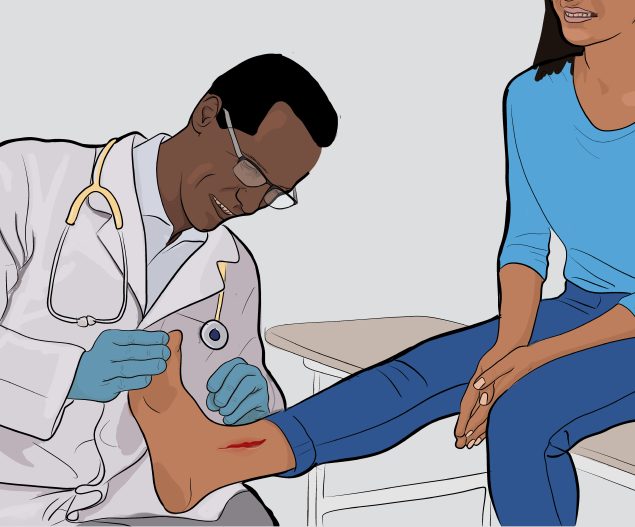
See a doctor
See a doctor for puncture and other deep or serious wounds.
If you have an open wound or skin infection, avoid spending time in:
- Hot tubs
- Swimming pools
- Natural bodies of water (e.g., lakes, rivers, oceans)
Wash hands and laundry often
Appropriate personal hygiene and frequent body and hair washing with soap and clean, running water is important to help prevent impetigo.
You should wash the clothes, linens, and towels of anyone who has impetigo every day. These items should not be shared with anyone else. After they have been washed, these items are safe for others to use.
The best way to keep from getting or spreading group A strep bacteria is to wash your hands often. This is especially important after coughing or sneezing.
Take antibiotics, if prescribed
Antibiotics help prevent someone with impetigo from spreading the bacteria to others.


